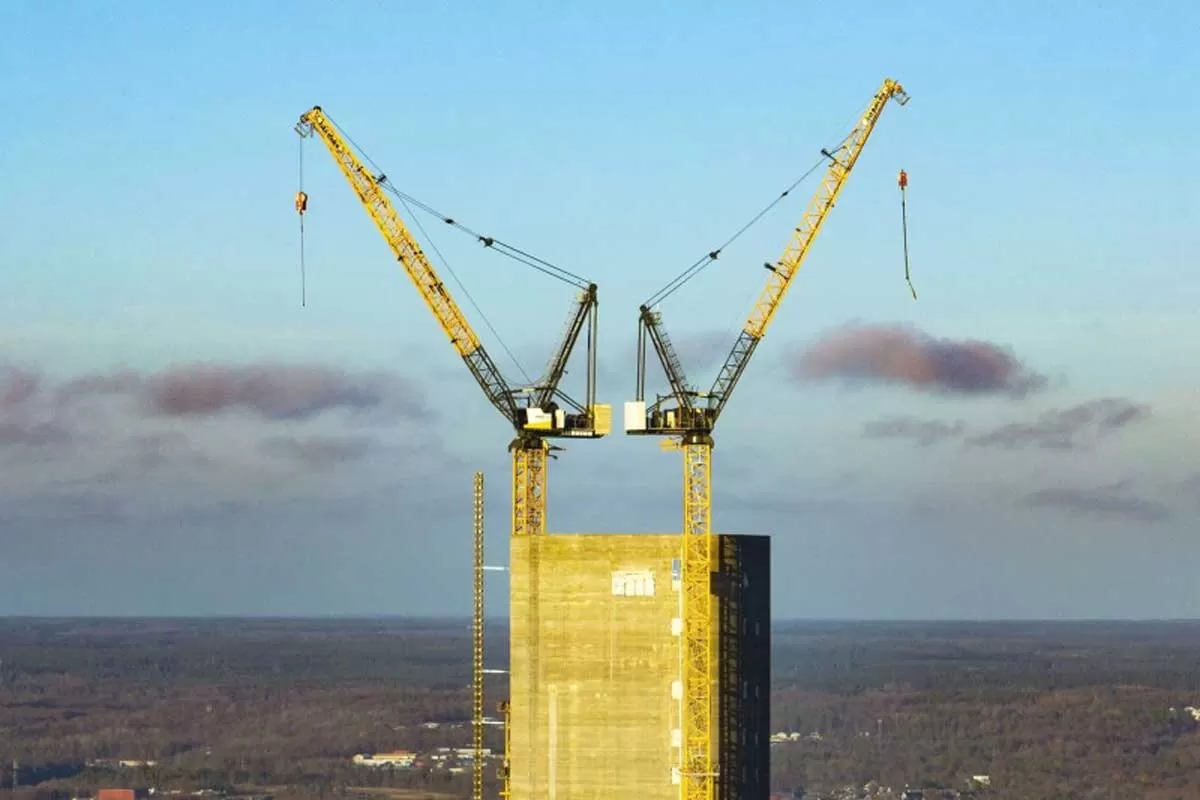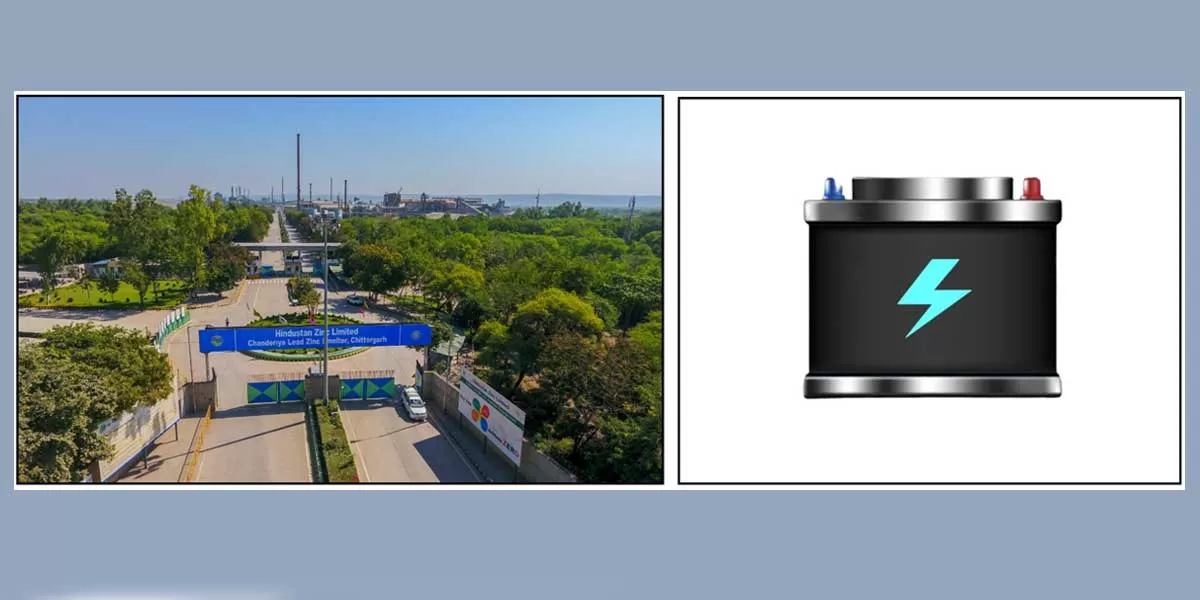Developers are sitting on unsold inventory worth Rs.3,700 billion.
A rebound in India’s residential property market will be influenced by the intensity, spread and duration of the COVID-19 pandemic.Government stimulus measures and monetary policy adjustments by the RBI will further mitigate the adverse effects of the pandemic and help steady consumer confidence in the residential property market, according to the India Residential Market Update Q1-2020 recently released by real-estate consultancy firm JLL.
The homebuyer community deferred their purchase decisions owing to the evolving COVID-19 outbreak, which led to sales declining by nearly 30 per cent in Q1 2020 on a year-on year basis. “The impact of the ongoing pandemic on business activities became more prominent since the beginning of March 2020 in the country,” adds the report.
However, even though new project launches came to a standstill in March, Q1 2020 witnessed a rise of 3 per cent in new launches compared to the same period last year. Q1 2020 recorded new launches of 40,574 units compared to Q1 2019.
“The COVID-19 pandemic is expected to weaken GDP growth, which is expected to fall below
5 per cent in FY2019-20 and potentially reach 2008-09 levels in FY2020-21. However, the residential real-estate market appears to be at an advantageous position today as compared to the Global Financial Crisis, led by a series of structural reforms by the government in the past five to six years,” says Ramesh Nair, CEO & Country Head, JLL. “When the COVID-19 scenario stabilises, factors such as better-priced deals, enhanced financial health of banks and greater demand from end-users will aid in improving buyer sentiment. Sales are expected to regain some traction towards the end of 2020 supported by the festive season during that period.”
Owing to the economic slowdown as a result of the current situation, consumer confidence has also taken a hit, which is having a direct impact on the home-buying decision process.
Lower mortgage rates, combined with other measures taken by the government to improve sentiment, are expected to arrest this declining trend. These factors will further aid in the recovery of the residential market in India.
Developers have locked-in capital of Rs.3,700 billion
Q1 2020 witnessed an increase in unsold inventory as launches outpaced sales by a significant margin. Unsold inventory increased from 442,228 units in Q4 2019 to 455,351 units in Q1 2020. Moreover, Mumbai surpassed Delhi-NCR to become the market with the maximum quantum as well as value of unsold inventory.
Across the top seven cities, developers are sitting on unsold inventory worth Rs.3,700 billion at the end of March 2020.
An assessment of years to sell (YTS) reveals that the expected time to liquidate this stock has increased marginally from 3.2 years in the last quarter of 2019 to 3.3 years in Q1 2020. With anticipated slower sales in coming quarters, the time to sell is likely to increase.
“Thus, the duration to monetise the existing inventory of around 455,000 units is expected to extend,” the report notes. “Resultantly, developers will have
to sit on this unsold inventory worth `3,700 billion for a relatively longer duration. Having said this, the RBI’s intervention to provide a three-month moratorium on all term loans by financial institutions will alleviate short-term liquidity concerns and help developers survive in these uncertain times.”
New launches continued, developers focus on mid and affordable segments
The current quarter saw a modest increase of 3 per cent in new launches of residential units on a YoY basis. The healthy streak in launches in the beginning of the quarter was dampened by the growing concerns of the impact of COVID-19 on the real-estate business starting in early March. The market gradually slowed down in the beginning of March before it came to a standstill, on account of the nationwide lockdown.
Mumbai and Bengaluru continued to dominate new launches and formed nearly 60 per cent of the overall launches during the quarter. The overall increase in new launches was driven by smaller markets like Pune, Kolkata and Chennai. While new launches in Mumbai witnessed a substantial decline of 18 per cent compared to the same period last year, it remained largely unchanged in Bengaluru (increase of 3 per cent) and Delhi-NCR (decrease of 3 per cent), according to the report.
“New launches witnessed a modest 3 per cent increase in Q1 2020 YoY, even though businesses hit a grinding halt in March 2020, says Samantak Das, Executive Director and Head of Research, REIS, JLL. “Homebuyers deferred their purchase decisions in light of the current situation, resulting in an almost 30 per cent YoY dip in sales during the first quarter of 2020. With the anticipated slowdown in economic activity, the real-estate sector, which contributes 8 per cent to the GDP of the nation, is poised for some immediate challenges.”
The situation is likely to aggravate the liquidity challenges faced by developers and restrict new launches for some time even after normal business conditions are restored. In subsequent quarters, developers are expected to focus on completion of under-construction projects and clearing their unsold inventory. Moreover, consolidation in the residential market, with an increasing number of joint developments, will continue to be a major trend with the size of the pie belonging to reputed developers increasing consistently.
Development focus on mid and affordable segments continued in Q1 2020, as developers continued to capitalise on the demand and supply side incentives of the government, to cater to the unmet demand in the lower and mid-income groups and target first-time homebuyers. A closer analysis of launches during the first quarter of 2020 shows a sizeable proportion of 62 per cent in the affordable and mid-priced segments.
At present, with launches and sales coming to a standstill with the COVID-19 crisis and the economy facing a slowdown, the uncertainty regarding the future is increasing and we
are yet to see the quantitative impact
of the COVID-19
impact on the future
of the residential real-estate market.
To share your views, write in at feedback@ConstructionWorld.in

















